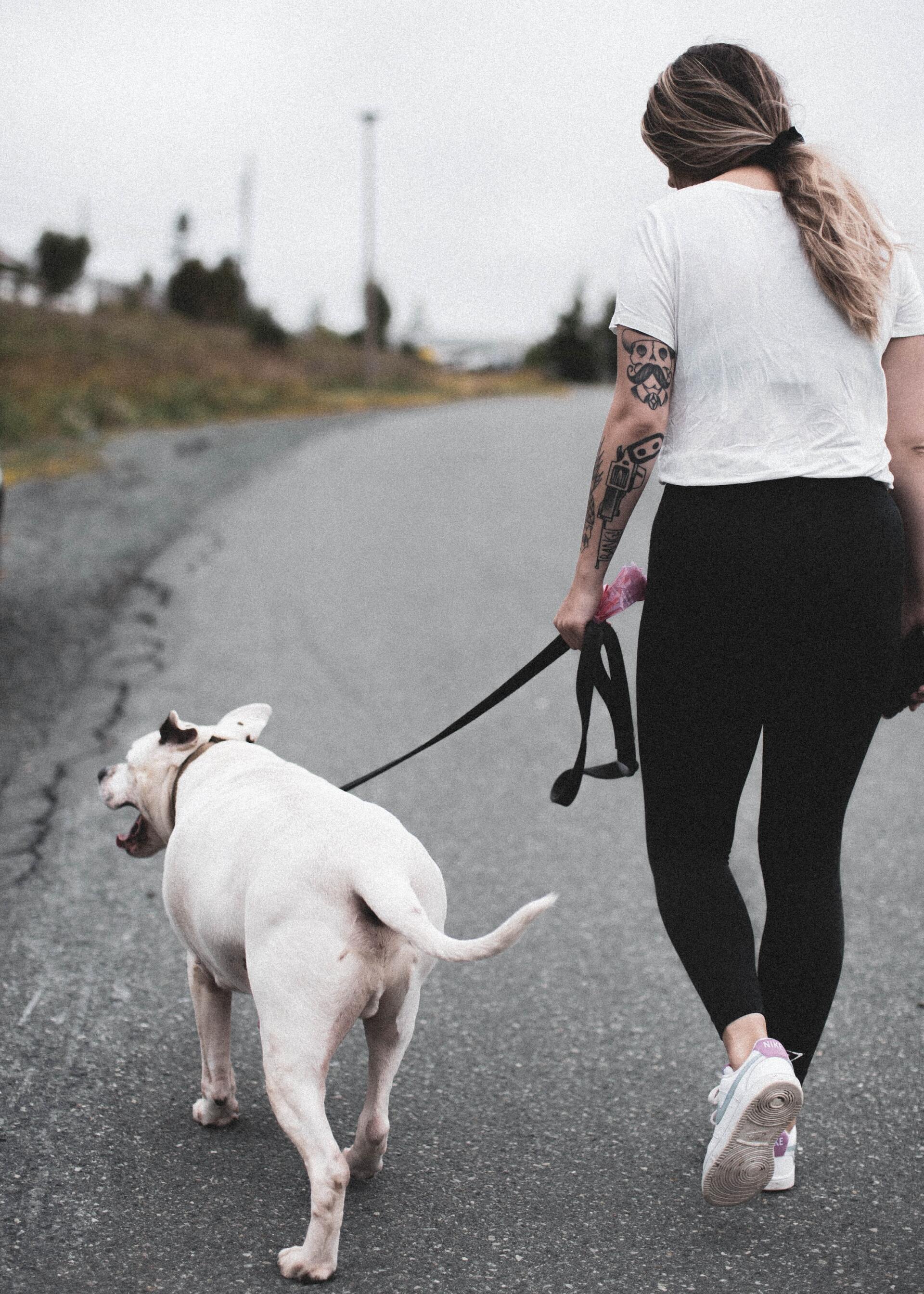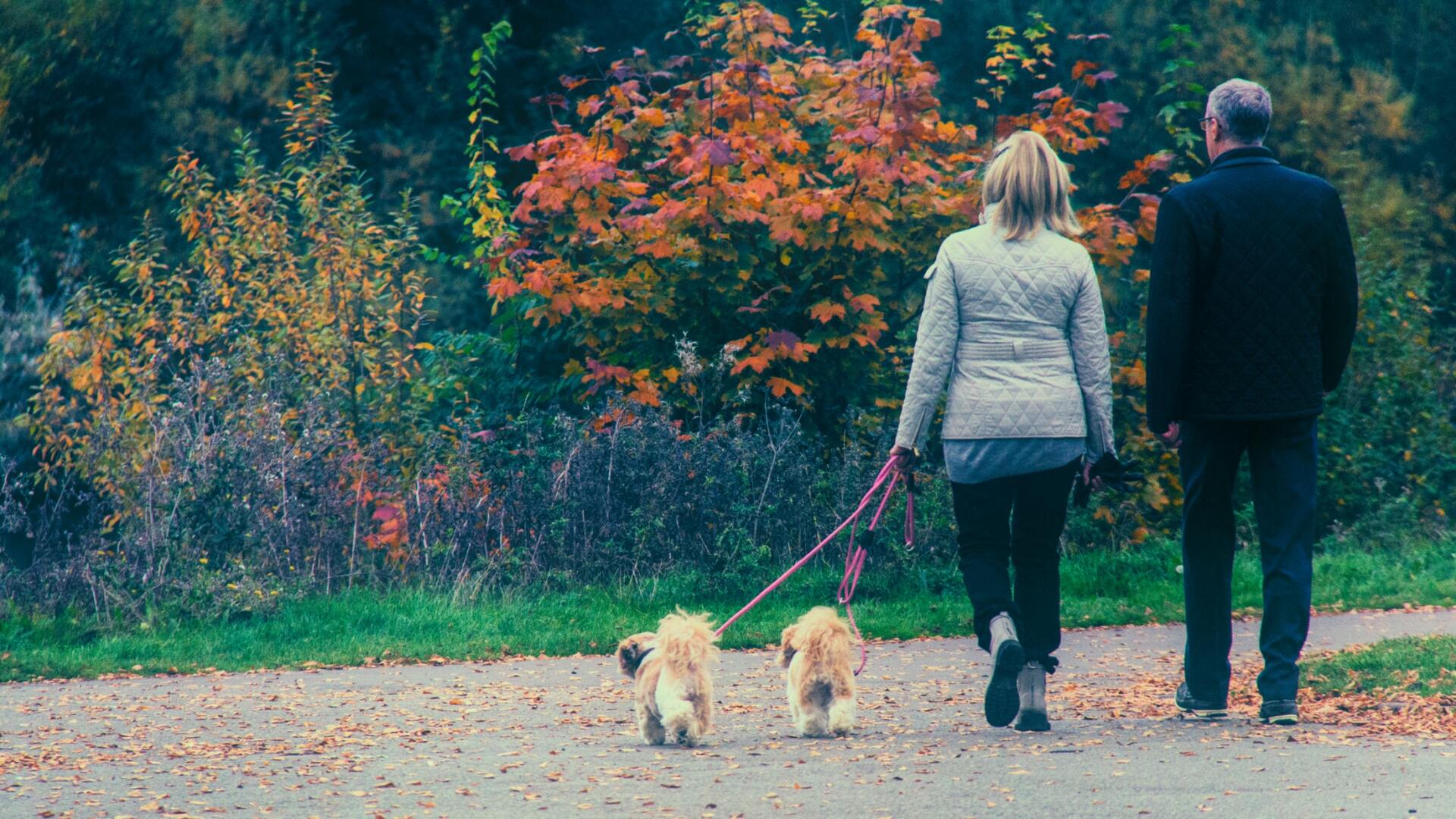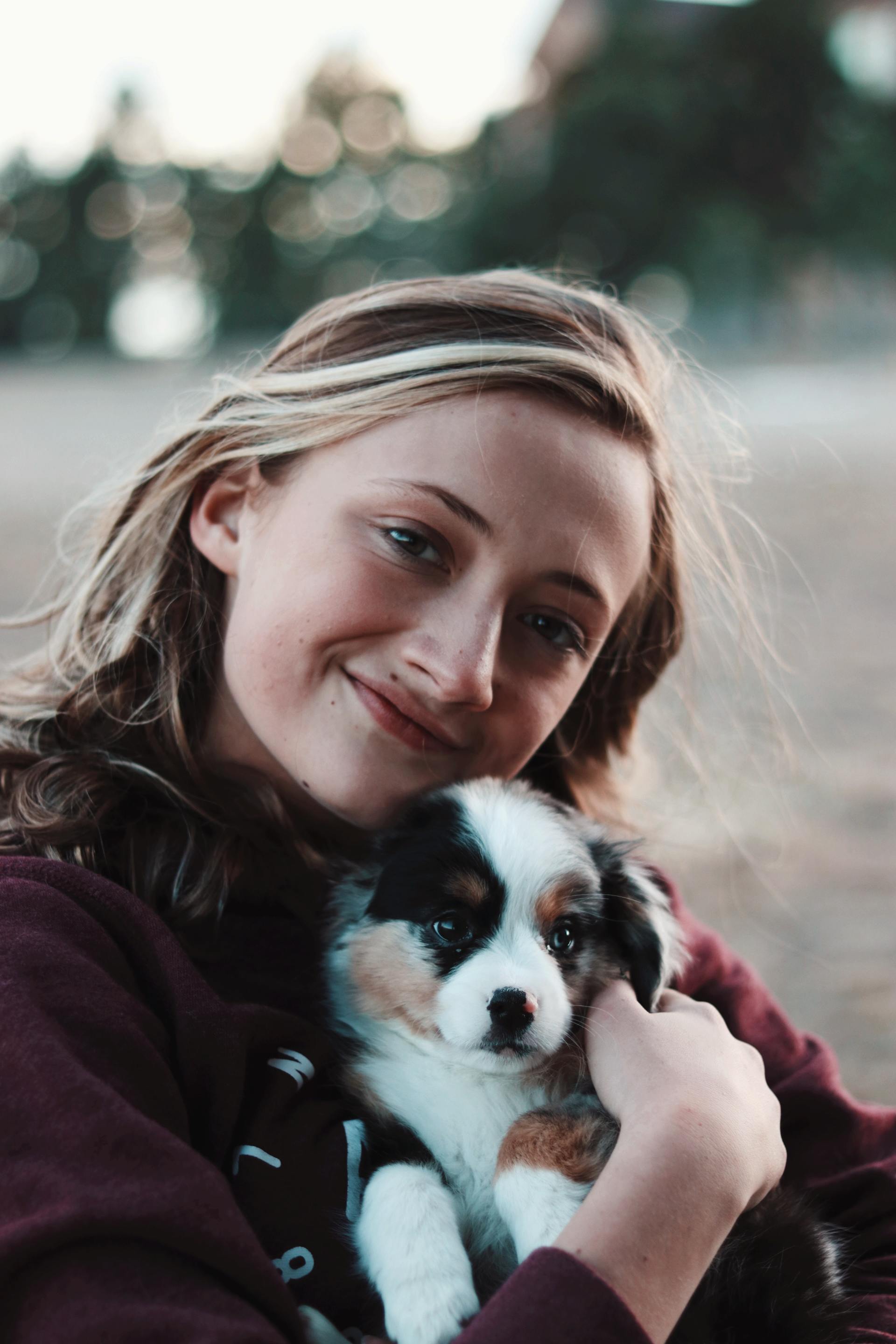When Should I Start House Training My Puppy?
When Should I Start House Training my Puppy?
Whether you call it house training, potty training, or toilet training, you should always address this important part of dog ownership as soon as you bring a dog into a new environment. They will need time to get used to their new surroundings and routine, so keep this in mind when you bring home a new dog friend, especially if they were in a shelter for a long period of time.
Do not rely on puppy pads (also known as training pads or potty trays) early on, or you may have a harder time with the training process. The number of hours it takes to house train a dog may vary, especially an adult dog. A puppy could take up to one month to properly house train, so consistency is key! House training should be an essential part of your routine with your new dog as soon as you bring them home. Remember dogs have an excellent sense of time, so establishing a firm schedule for the dog is very important.
How Do I Know When My Dog Needs to Go to the Toilet?
The more time you spend with your dog, the more you will be able to read and understand their behavior. It is important to pay close attention to your dog during the house training process so that you can learn what they do when they have to go to the bathroom. Until then, keep an eye out for these common signs that your dog needs do their business:
- Squatting or curving their lower body towards the ground
- Circling and pacing
- Standing by the door or near a surface where they have gone before
- Sniffing the ground
- Barking and whining
Each of these behaviors are instinctual and natural to your dog when they need to do their business. If your pup seems fidgety and distracted, chances are they have to go to the toilet. Every dog is different, so we can't stress enough how important it is to spend lots of time with your dog to get to know their unique signals.
In addition to these signals, there are also certain times when your dog may have to go, including after naps, mealtime, or when they have been alone for a long period of time. Lots of dogs are especially prone to peeing after or during playtime or when they are very excited. It may benefit you to watch your pooch closely during playtime or even get in the habit of encouraging them to go to the bathroom beforehand. Puppies will always go potty immediately after they wake up and they will also always go potty right after they eat a meal.
Steps for Toilet Training Your Dog or Puppy
- Take your dog out regularly. You should aim for toilet breaks as often as every hour or two. It even helps to set a timer to ensure that you are taking potty breaks at the right times. These frequent trips will only be necessary until both you and your dog establish a routine. Puppies have small bladders and no instinct to hold it, so you will need to take them out to do their business every hour. You should also get in the habit of taking your puppy out after they wake up and after they eat or drink. Older dogs will not need to use the facilities as frequently, so it is a good idea to take them out every two hours.
- Keep an eye out for the signs mentioned above and take your dog out as soon as you see any signs. If you think your dog has to go outside, you are probably right. This is why it is very important to keep your dog with you at all times during the toilet training process. If you can't watch your dog closely, consider using a crate. We'll discuss both of these helpful tools later.
- In the early stages of training, always go with your dog outside - they may be nervous or unfocused and need your support. Do not assume that you can just let your dog out and stay indoors. This is important for the next step.
- Pick a regular spot in your yard (or wherever your outdoor space is) to assign as your dog’s toilet area. You want them to get used to the same spot so that they always know to use the correct place. Bring your puppy there every time you are on a potty break. If you have a dog walker, make sure to be very specific or even show them where this spot is to ensure the training process is seamless.
- Once you reach your dog's toilet area, it can be helpful to use a cue word. To get your dog or puppy to learn a cue word, use the word or phrase as soon as your dog starts to do their business. Soon they will associate toilet time with the word, and you will be able to encourage them to quickly do their business on command. Cue words are also helpful if your pooch will be using other areas other than their regular toilet area. Some popular cue words include "go potty" or "wee wee".
- After your dog has done their business, make sure to provide positive reinforcement and lots of praise. Small treats are great for this! You want to make sure to reward them a few seconds after they do their business so they associate the positive feedback with their good behavior. Don't be shy with the praise here! Lots of praise will only reinforce the correct behavior and encourage your pup to repeat it regularly.
- Punish a puppy or adult dog for accidents [adequately is part of the training process if they go in the wrong place. This is a natural consequence for wrong doing during the training process. Remember that your canine friend responds best to positive feedback so do your best to keep a consistent routine to limit the amount of negative reinforcement.] We will cover accidents in more detail in the next section.
- Consider crate training your new puppy or dog. This is especially useful at night. A puppy's mother would have taught them not to soil their sleeping area. Using a crate encourages your puppy to hold on a little longer, but it is important to make sure they aren't caught short or left to be uncomfortable. Dog crates are not designed to be used for long periods of time, but can be helpful during the training process. If a crate is used correctly, it should be a source of comfort and a place of relaxation for your dog and not used for punishment.
What Do I Do When My Dog Has An Accident?
If you decide to punish your puppy make sure the negative reinforcement is appropriate for their age. Even if you catch them in the act, take them outside to continue to go to the bathroom. We must learn from the accident what time the accident happened, what was the situation beforehand to cause them to go to the bathroom. It's important to observe the puppy's activity before the accident happened.
Was the puppy playing, just fed or woke up from a nap? Before allowing the dog back in the room, make sure to clean the floor. This will remove any association of the spot as a toilet area. Make sure to continue with regular potty breaks and always provide positive feedback for good behavior.
If your puppy continues to have accidents in the same areas, you need to rethink the way you are communicating with your dog. We do not recommend using baby gates to block them off. Baby gates create a smaller area where the puppy spends its time, however baby gates are only successful for safety purposes Instinctually a dog will not eliminate close to where they spend most of their time, so reducing the size of their living space should reduce the frequency of accidents.
Baby gates are successful for safety when it comes to safety for the puppy for an example to avoid stairs, or don't want them to chew on stuff, but does not help them with potty training.
When Can I Use Puppy Training Pads?
When you have a new puppy, accidents can and will happen. We suggest to stay away from , there is a higher probability of a puppy eating them and causing them an emergency. Training pads can help, but they should not be a long-term solution. Not only can they delay the training process, but they also run the risk of confusing your new puppy about where they should be doing their business.
If you must use puppy pads, you may use them to burn a fire in your backyard. Young puppies are easily confused and the last thing you need is for them to think your kitchen is their toilet area. Some companies have started making and shipping real grass pads right to your door.
Grass is a natural attractant and odor neutralizer. These pads provide a more real, outdoor experience for your puppy or adult dog to enjoy. If you must use training pads, using real grass pads will make it less confusing for your dog as they learn to eliminate outside.
What Is The Most Important Part of House Training?
The most important part to remember about house training is consistency. Dogs learn best with regualr, repeated actions and rewards. Establish a routine in the early stages of training so that your dog understands where and when to do their business. The success and speed of your dog's training is dependent on how closely you follow a routine. Depending on how well you communicate with your dog, this can take weeks. Any change to your dog's routine during the house training process could affect how long it takes them to become housebroken.
Remember: a regular routine with consistency is the quickest way to a happy, house-broken puppy!



